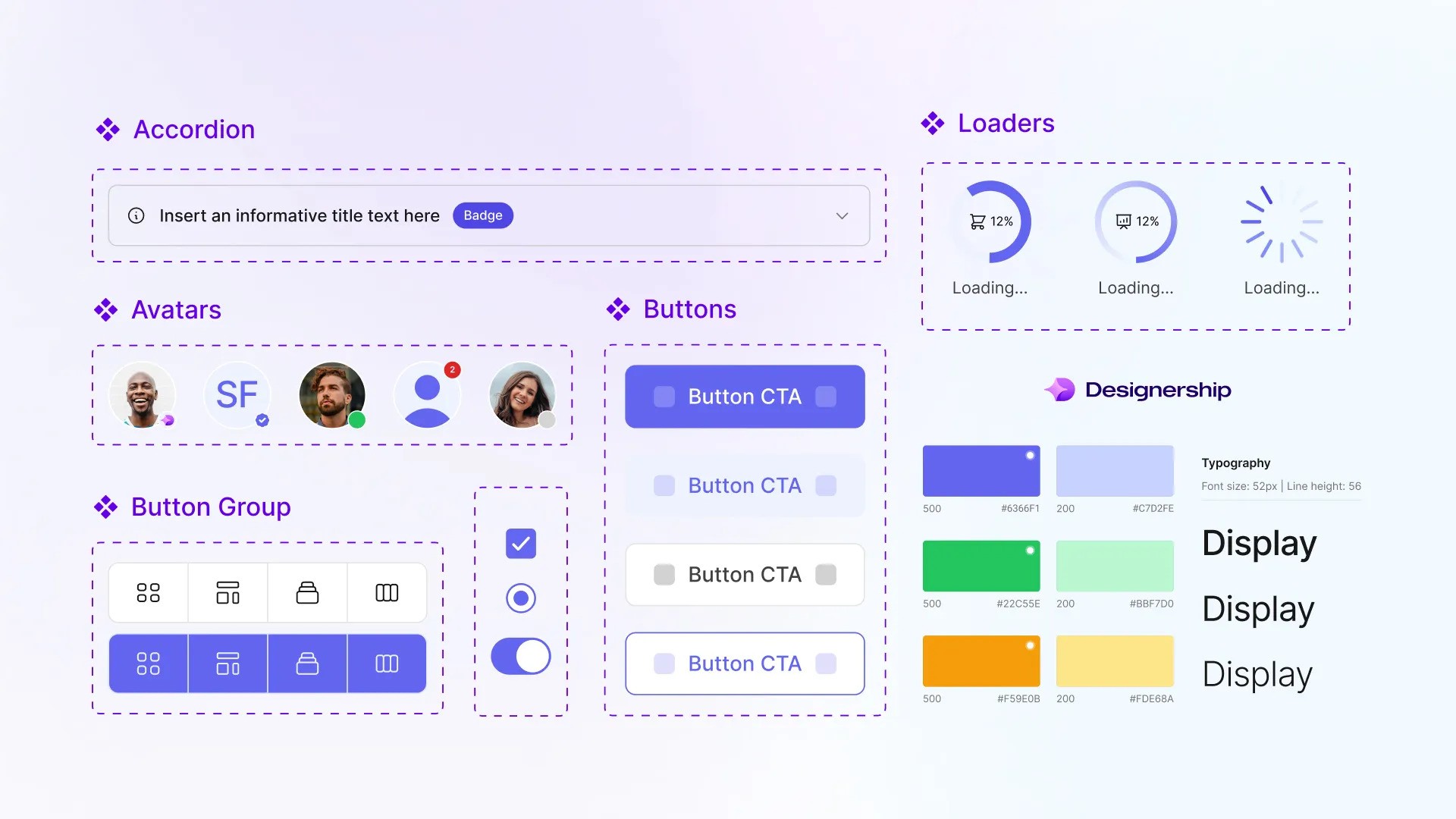
How to build a brand identity
Discover the essential steps to crafting a compelling brand identity in our comprehensive guide. Learn how to define your mission, design impactful visual elements, and maintain consistency across all platforms. Perfect for businesses aiming to resonate deeply with their audience and stand out in a competitive market.
 Falzo Creations
Falzo Creations 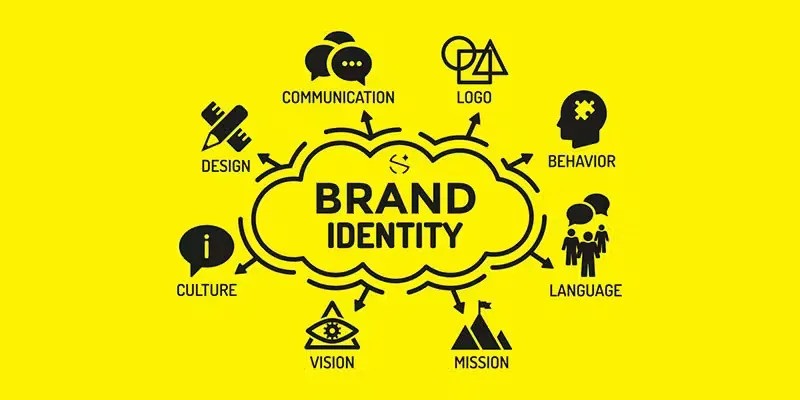
Introduction
In a world saturated with brands vying for attention, standing out is not just a desire — it’s a necessity. Dazed Media’s 2031 A Future World Report reveals that 46% of Gen Z feels a connection to brands that prioritize sustainability and ethics. Additionally, 21% value transparency about a brand’s intentions, while 17% look for brands with a distinct perspective. This is where the power of a robust brand identity comes into play. But what exactly is brand anyway? At its core, brand identity refers to the visible elements of a brand, such as color, design, and logo, that identify and distinguish the brand in consumers’ minds. Beyond mere aesthetics, it represents the essence of a company, reflecting its mission, values, and intent to connect with its audience.
Establishing a strong brand identity is crucial because it transcends mere visual appeal and creates a memorable impression in the minds of your audience. It builds customer loyalty and trust by showcasing the unique edge of a business, making it easier for clients to understand, relate to, and choose your services over competitors.

Understanding your brand’s core
The core of your brand is much like the foundation of a house. Before you can build up, you need to be grounded.
Identifying your mission and vision
The mission and vision statements of your company serve as your guiding stars. A clear mission statement explains what your business is currently doing, why it’s doing it, and how it’s going about this. For example, if you run a coffee shop, your mission might be “to provide the community with high-quality, sustainably sourced coffee served in a friendly, welcoming atmosphere.”
Conversely, a vision statement looks towards the future, describing what your company aspires to be. Continuing with the coffee shop example, the vision could be “to be recognized as the premier coffee experience in the region, known for innovation in sustainability and customer engagement.”
Both of these elements guide your brand identity, influencing other decisions from marketing strategies to the design elements you will later choose to represent your brand.
Defining your brand values
Brand values are the core principles or ethics that your brand stands upon. They play a crucial role as they align your business operations with the expectations and beliefs of your customers. For instance, if integrity and transparency are among your key values, these should be evident in all your interactions — from customer service to your marketing campaigns.
Evaluating what your company stands for, and ensuring these values resonate with your target market, is vital. When there is a strong alignment between what your brand practices and what your customers expect, trust is built, leading to greater customer loyalty.
Knowing your audience
Understanding your audience is paramount. You need to know not just who they are but also what they need, what they value, and how they engage with brands. To gain these insights, you can employ various techniques such as surveys, focus groups, and market analysis.
- Surveys can reach a broad audience cheaply and quickly, giving you quantitative data that highlights what appeals to your customers or what doesn’t.
- Focus groups provide deeper insight through controlled discussions, allowing for qualitative assessment of how potential or existing customers feel about your brand.
- Market analysis involves a comprehensive study of existing market dynamics, competitor strategies, and business trends, helping to fine-tune your understanding of where your brand stands.

Visual elements
When crafting a brand identity, visual components are not merely aesthetic choices—they are strategic tools that communicate your brand’s essence at a glance. These elements include logo design, color schemes, typography, and imagery, each playing a pivotal role in creating a cohesive and recognizable brand identity.
Logo design
The logo is often the first interaction someone has with your brand, making it crucial in establishing a strong first impression. An effective logo is more than an attractive graphic; it must be balanced, simple, and memorable. It should embody your brand values and resonate with your target audience, ensuring it’s easily recognizable and versatile across various mediums.
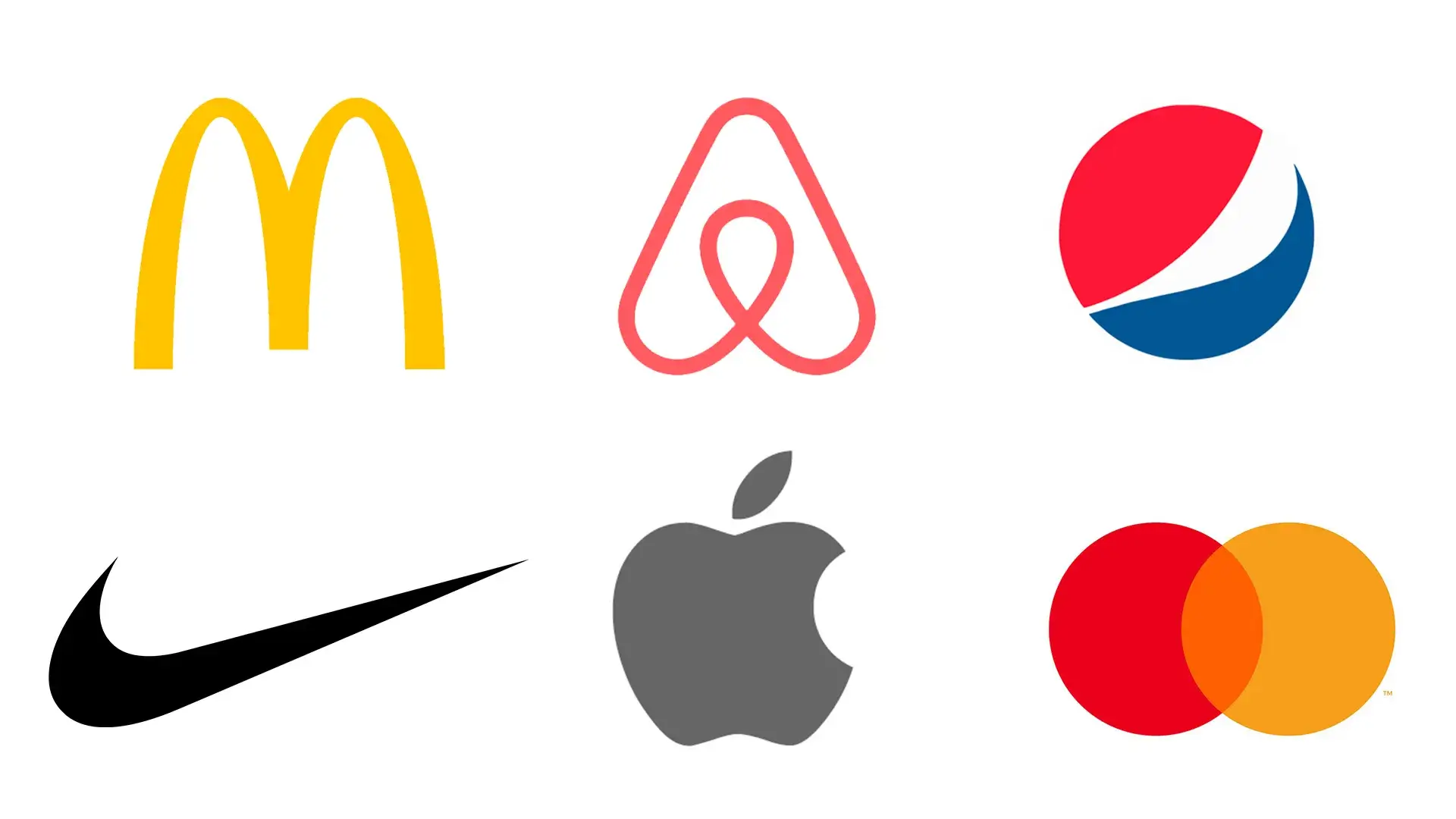
Color scheme
Colors do much more than fill space. They evoke emotions and build connections with viewers. Selecting the right color palette can amplify your brand’s impact by conveying messages without words. For a more comprehensive discussion about colors, read here.
Typography
Typography significantly influences how your message is perceived. Consistent use of typography ensures that your brand appears unified across all platforms. Whether it’s the clean professionalism of sans-serif fonts or the traditional authority of serif fonts, the right typography reinforces your brand’s character and ensures clarity and legibility. If you want to learn more about typography and how to choose the right fonts for your brand, read here.
Website design
The cornerstone of your digital presence is undoubtedly your website. It’s often the first point of contact for potential customers, making its design critical to your brand’s success. To ensure your website accurately reflects your brand identity, focus on two main aspects: User Experience (UX) and User Interface (UI).
- User Experience (UX): This involves the overall feel of your website—how easy it is for users to navigate and find the information they need. A well-thought-out UX design simplifies the path to conversion and enhances user satisfaction.
- User Interface (UI): This refers to the visual elements of your website. Consistency in colors, typography, and layout can reinforce your brand’s identity. The goal is to create a visually appealing interface that complemaybe error-free, ensuring users enjoy interacting with it.
Both UX and UI should align closely to present a clear and consistent brand message that resonates with your audience, encouraging longer visits and repeated interactions.
The limitations of website builders
When it comes to building your brand in the digital space, the allure of website builders like WordPress and Wix can be tempting. They promise quick deployment and ease of use, which sounds ideal for businesses eager to establish an online presence without delay. However, if you’re aiming to create a distinctive and powerful brand identity, these platforms might not be your best bet. Here’s why:
Generic Templates
Website builders typically rely on pre-designed templates, which can significantly limit your ability to stand out in a crowded market. These templates are used by countless other businesses, which means your website risks becoming just another face in the crowd. When your goal is to differentiate your brand from competitors, a one-size-fits-all approach is hardly effective. The uniqueness of your brand is diluted when your website looks and feels like hundreds of others.
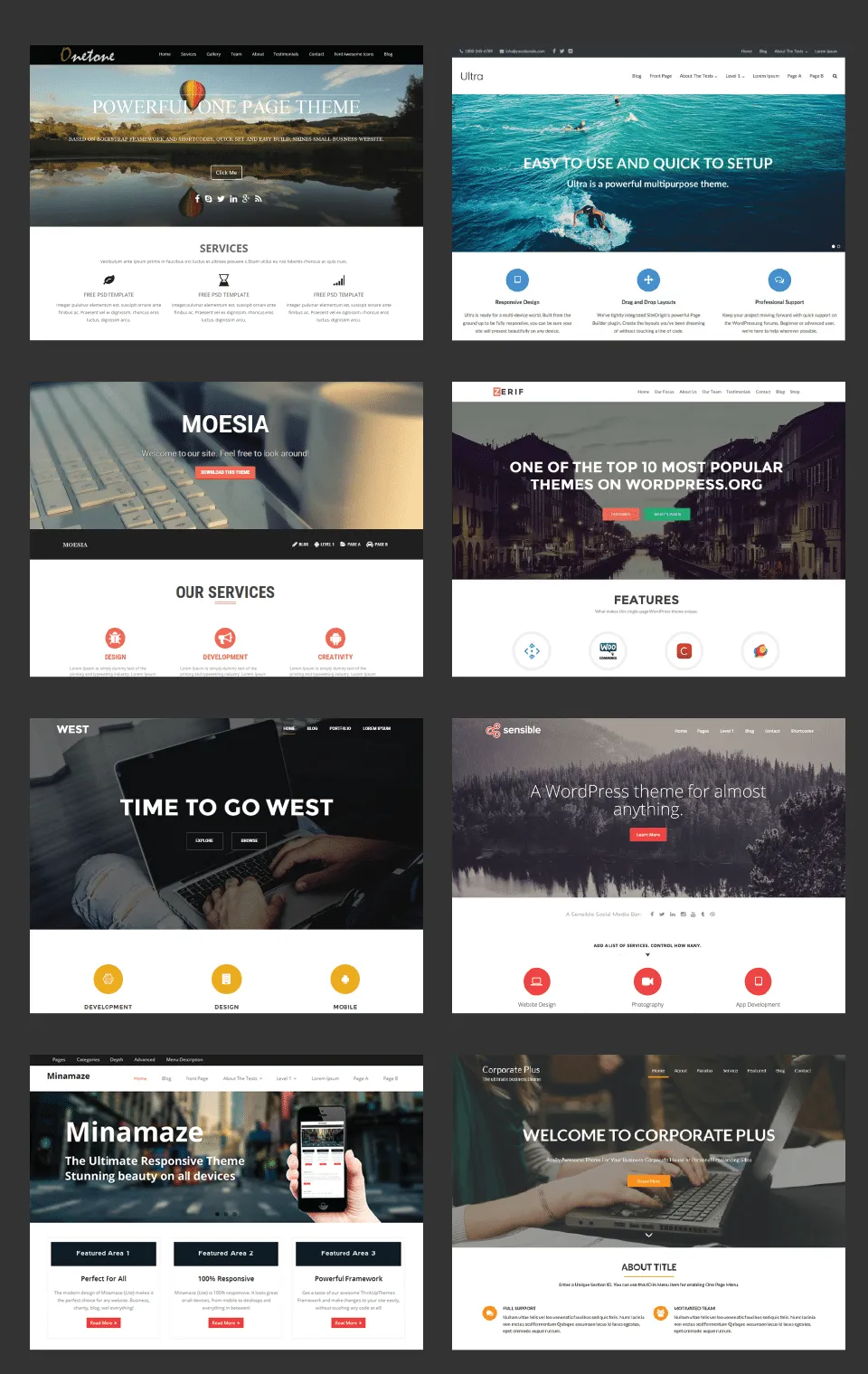
Limited Customization Options
While platforms like WordPress and Wix offer some level of customization, they are inherently constrained by their own frameworks and design options. Often, businesses find themselves hitting a wall when trying to modify or enhance certain aspects of their site to better reflect their brand identity. Whether it’s the inability to adjust the layout, the font sizes, or the interactivity of elements, these limitations can impede your ability to fully convey your brand’s unique story and values.
Dependence on Third-Party Platforms
Using a website builder means you are at the mercy of another company’s platform and the limitations it sets. Any changes they make to their service, whether in terms of pricing, features, or the platform’s terms of service, can directly impact your website. This is commonly referred to as vendor lock-in. This can pose a significant risk to your business if the platform fails to support new web standards or if sudden pricing changes occur.
To truly convey a unique brand identity and stand apart, investing in a custom website design is a far more strategic approach. Custom websites are tailored exactly to your business needs and brand aesthetics, providing you with full control over every aspect—from the overarching site architecture to the minute details of the user interface.
A custom website not only reflects your brand identity more effectively but also addresses specific business goals with custom functionalities that generic templates cannot offer. Moreover, they are built with clean, efficient code tailored to boost your SEO efforts, ensuring better performance and faster loading times. For a more comprehensive discussion about the differences between website builders and custom websites, read here.
Images and icons
Images and icons are powerful tools for storytelling. They should complement your brand narrative and help communicate complex ideas quickly and effectively. Whether using photographs, illustrations, or icons, consistency in style and quality maintains your brand’s integrity. This visual consistency helps forge a stronger connection with your audience by making your brand’s communications more engaging and professional.
Verbal elements
Verbal elements of brand identity go beyond the visuals, addressing how you communicate your brand’s core values, mission, and personality through language. This encompasses everything from the tone of your customer service to your advertising messages and social media content.
Brand voice
Think of the brand voice as the personality of your brand expressed in words. It determines how your brand communicates with the audience and should resonate with the target demographic. A consistent brand and tone can build emotional connections and foster loyalty. For instance, if your brand values approachability and friendliness, your brand voice might be conversational and cheerful, using simple, direct language that speaks directly to the consumer’s needs and preferences.
Taglines and slogans
Taglines and slogans are powerful tools in encapsulating the essence of your brand in a few memorable words. An impactful tagline stays with the consumer, often becoming synonymous with your brand. For example, Nike’s “Just Do It” inspires action and determination, reflecting the brand’s commitment to fitness and perseverance without explicitly saying so. The key to a successful tagline or slogan is to make it not only memorable but also meaningful and aligned with your brand’s core values.
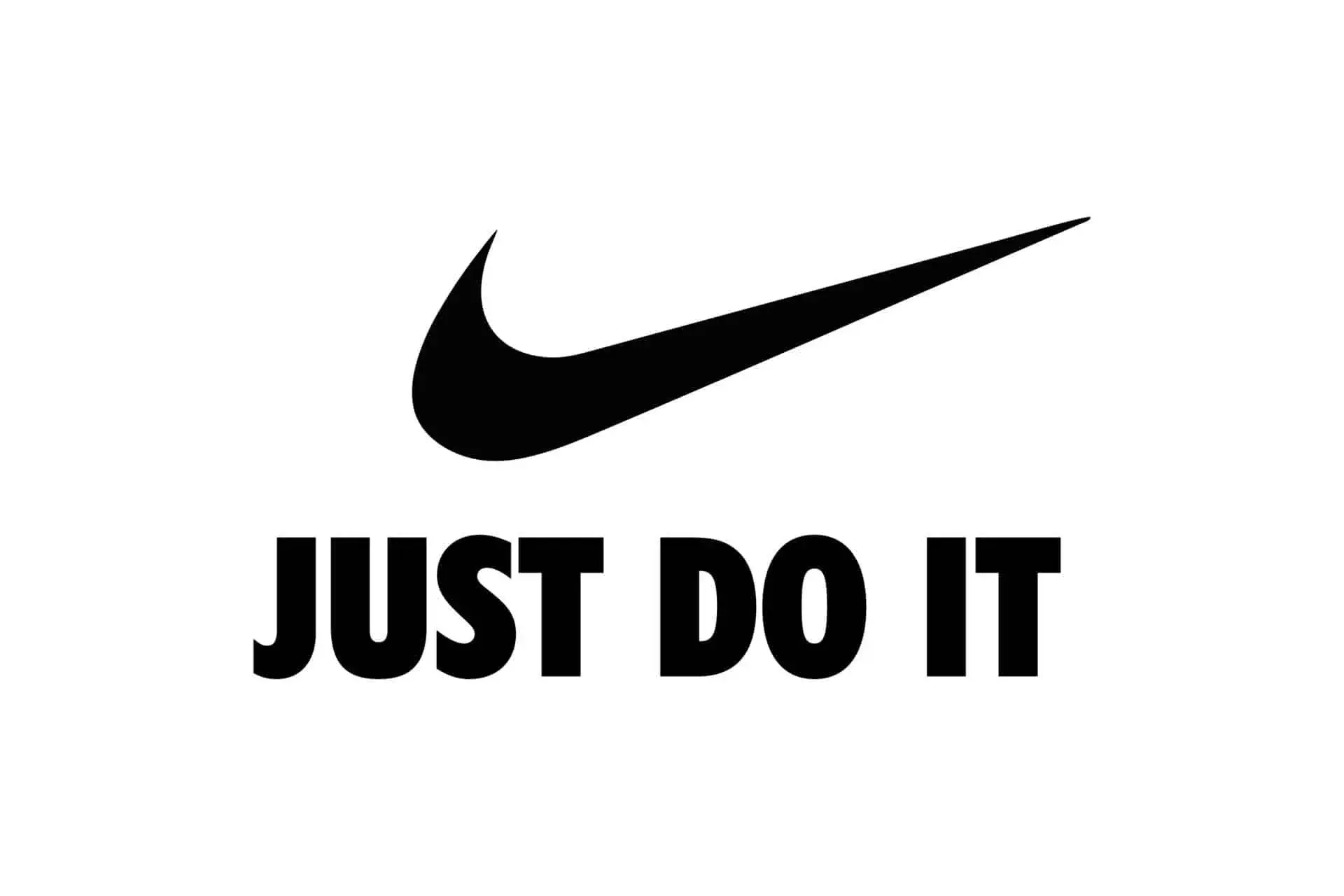
Messaging framework
Developing a messaging framework is critical to ensure that all communication is coherent and effectively supports the brand identity. This framework outlines key messages tailored for different segments of your audience, ensuring that each message resonates and engages effectively. For example, a technology company might have one set of messages for tech-savvy customers that use technical language and another for less tech-oriented customers that require simpler, more benefit-focused messaging.
Social media presence
Social media offers a powerful platform for brands to establish a relatable and accessible identity. Each platform serves different purposes and reaches different audiences, making it vital to:
- Align Your Profiles: Ensure your social media profiles reflect your brand’s visual identity with consistent logos, cover images, and bios.
- Content Strategy: Tailor your content to align with the tone and values of your brand. Engaging, original content increases follower interaction and brand loyalty.
Strategic use of social media expands your brand’s reach and helps forge deeper connections with your audience.
Content marketing
Content marketing is another vital tool in your digital identity arsenal. Through blog posts, videos, infographics, and more, you can communicate your brand’s values and story. Consider these tactics:
- Valuable Content: Produce content that addresses customer needs and interests, establishes your brand as an authority, and increases search engine visibility, driving more traffic to your site.
- Storytelling: Use storytelling to create an emotional connection with your audience. Stories about your brand’s history, case studies, or customer testimonials make your brand more relatable and memorable.
In essence, by coupling valuable content with strategic storytelling, you strengthen your brand identity and enhance audience engagement.
Brand consistency
Consistency in your brand identity strengthens your brand’s recognition and reinforces trust and reliability in the minds of your customers. Let’s explore how you can keep the integrity of your brand intact across all your business’s touchpoints.
Brand guidelines
Creating detailed brand guidelines is crucial. Think of these guidelines as your brand’s bible. They detail your logo usage, typography, color palette, imagery, and more. This document serves as a reference for anyone who creates content for your business, ensuring they portray a consistent brand image. Whether you’re designing a brochure or setting up your business’s Instagram profile, these guidelines streamline the process, ensuring that all visual and verbal elements align perfectly with what your brand stands for.

Brand audits
Change is constant, especially in today’s fast-paced business world. Conducting regular brand audits ensures your identity remains relevant and robust. Evaluate how your brand is being applied across different channels. Is your logo displayed correctly on all platforms? Does your social media content align with your brand voice? These audits help pinpoint discrepancies and areas for enhancement. Setting a schedule for regular review, be it quarterly or bi-annually, can aid in keeping your brand as dynamic and engaging as intended.
The importance of feedback
Feedback is the compass that guides the evolution of your brand identity. It opens a dialogue with the very people who interact with your brand — customers, employees, and stakeholders.
Gathering feedback
Initiating feedback collection can be done through various channels, ensuring you capture a wide range of perspectives:
- Surveys and questionnaires: Follow customer interactions with your brand, whether after a purchase, service completion, or via emails.
- Social Media and Online Reviews: These platforms are fertile ground for unsolicited feedback. Monitor these regularly to understand public sentiment and identify recurring themes or issues.
- Focus Groups: Host sessions with a curated group representative of your target audience. This environment can yield deep insights into the emotional and psychological impact of your brand identity.

Analyzing feedback
With feedback at your fingertips, the next step is to sift through it to uncover actionable insights:
- Identify Patterns: Look for common threads or repeated issues. Is there a particular aspect of your brand that consistently receives praise or criticism?
- Segment Feedback: Break down the feedback by demographics, purchasing behavior, or loyalty to your brand. This segmentation can highlight different needs and expectations within your audience.
- Prioritize Changes: Not all feedback will warrant action. Prioritize modifications based on their potential impact on your brand’s success and alignment with overall business objectives.
Conclusion
Building a strong brand identity is crucial for standing out and connecting with your audience. It’s more than just a logo or a catchy tagline—it’s about consistently reflecting your mission and values through every visual and verbal element.
As you grow, stay open to feedback and make adjustments as needed. Keep your brand guidelines clear and make sure everyone on your team understands them. Regularly review your brand’s performance and stay aligned with your audience’s expectations.
By staying consistent and responsive, you ensure your brand remains relevant and impactful. Keep evolving and refining, and your brand will continue to resonate deeply with your customers.





